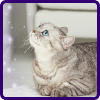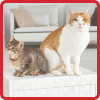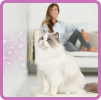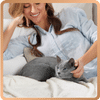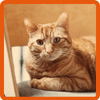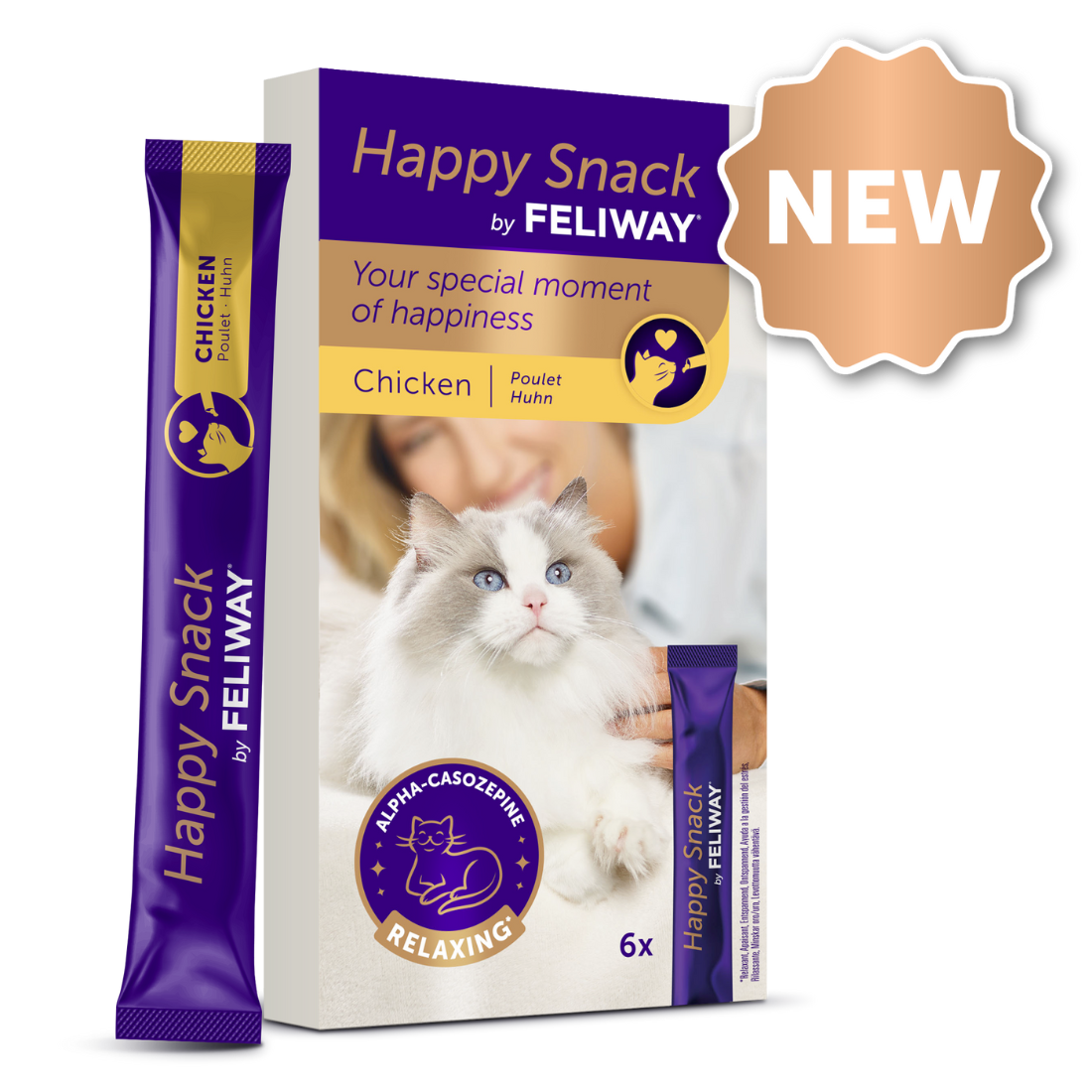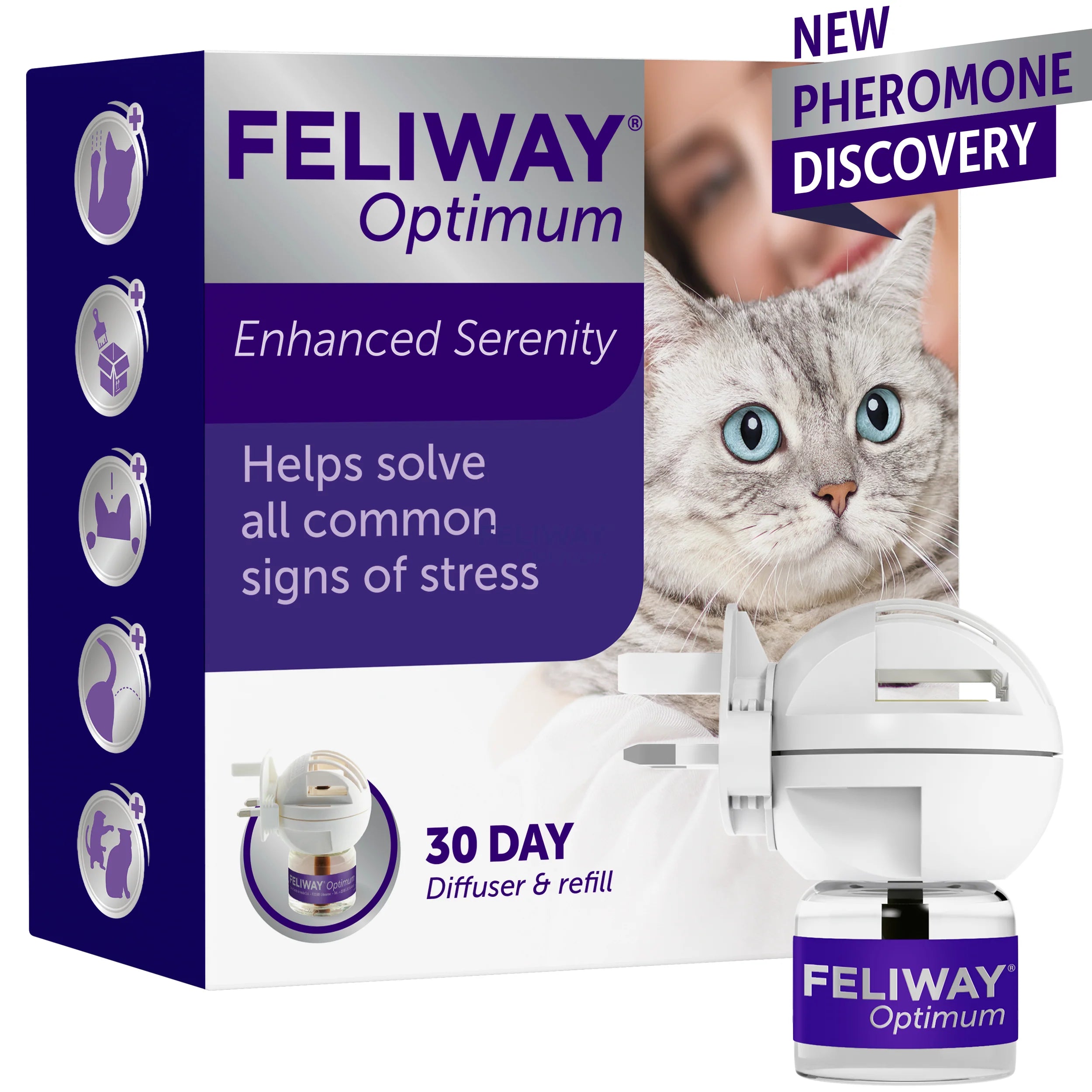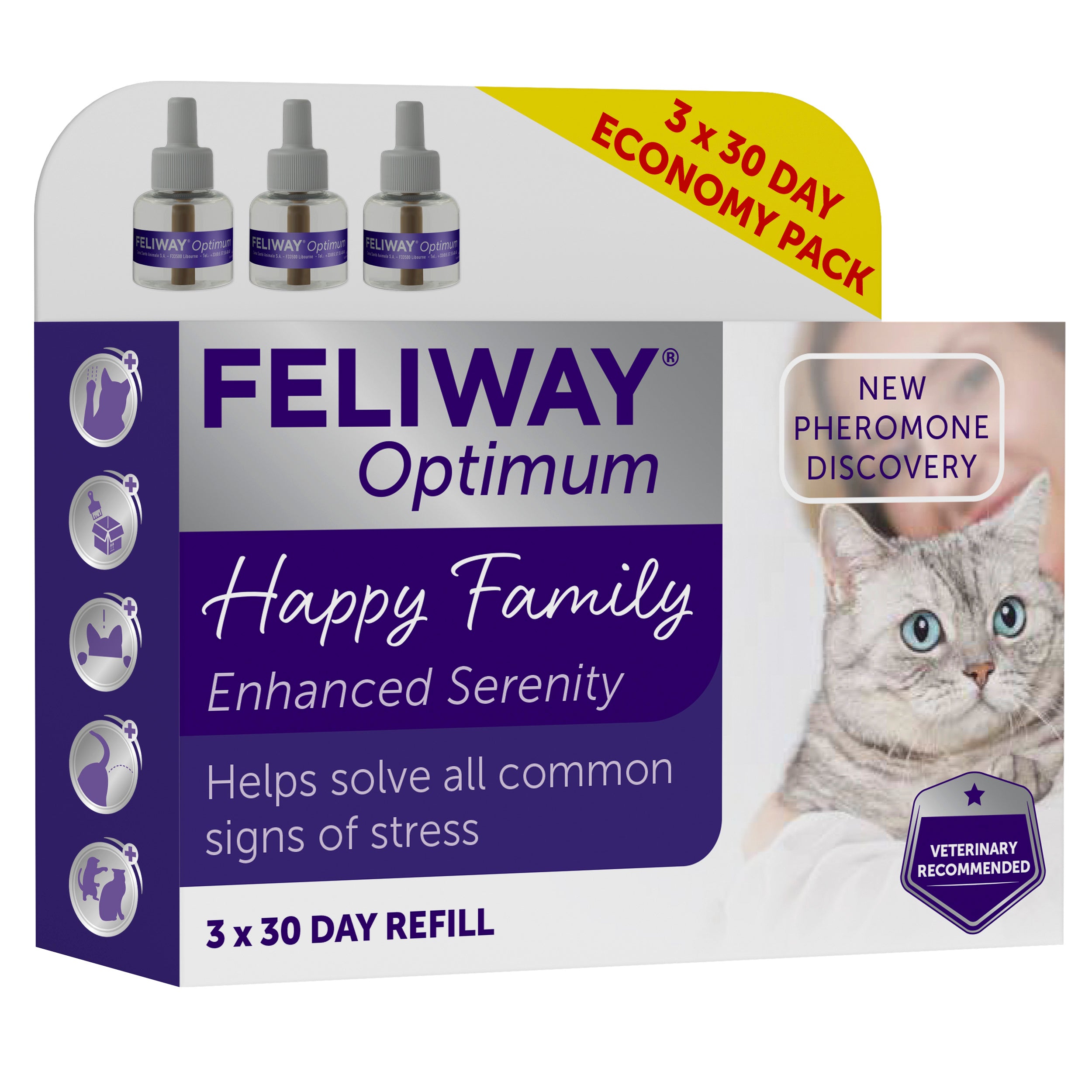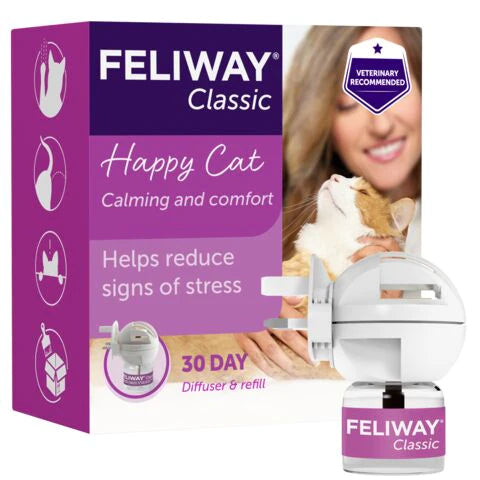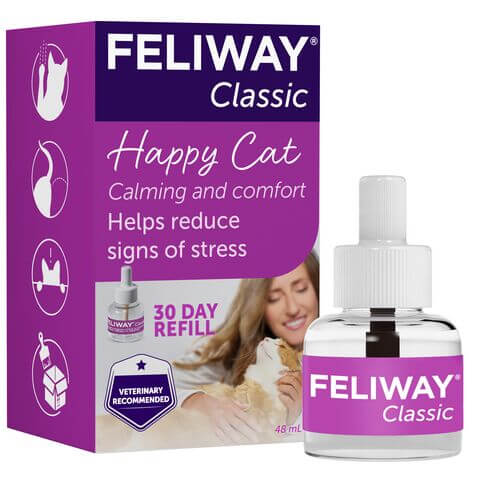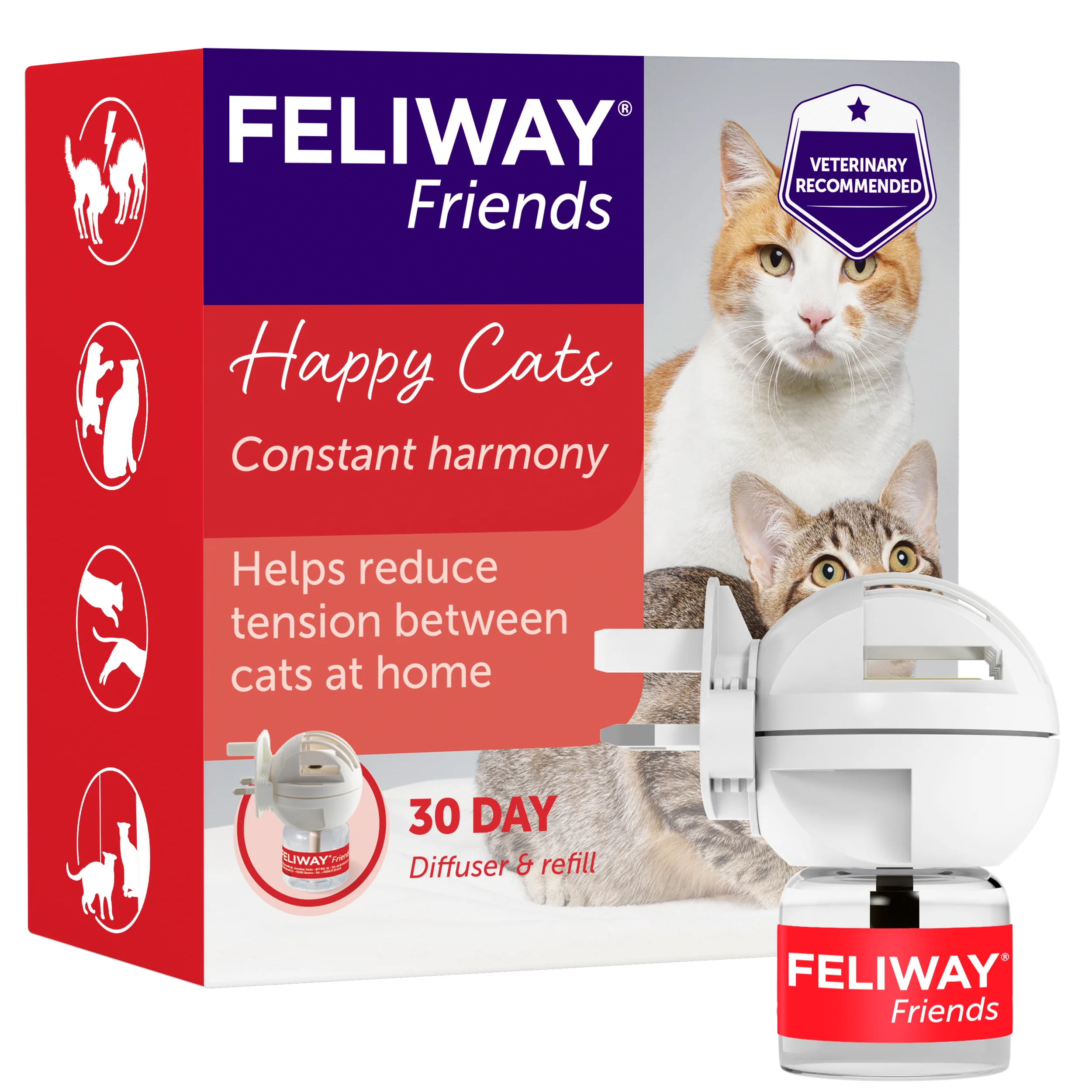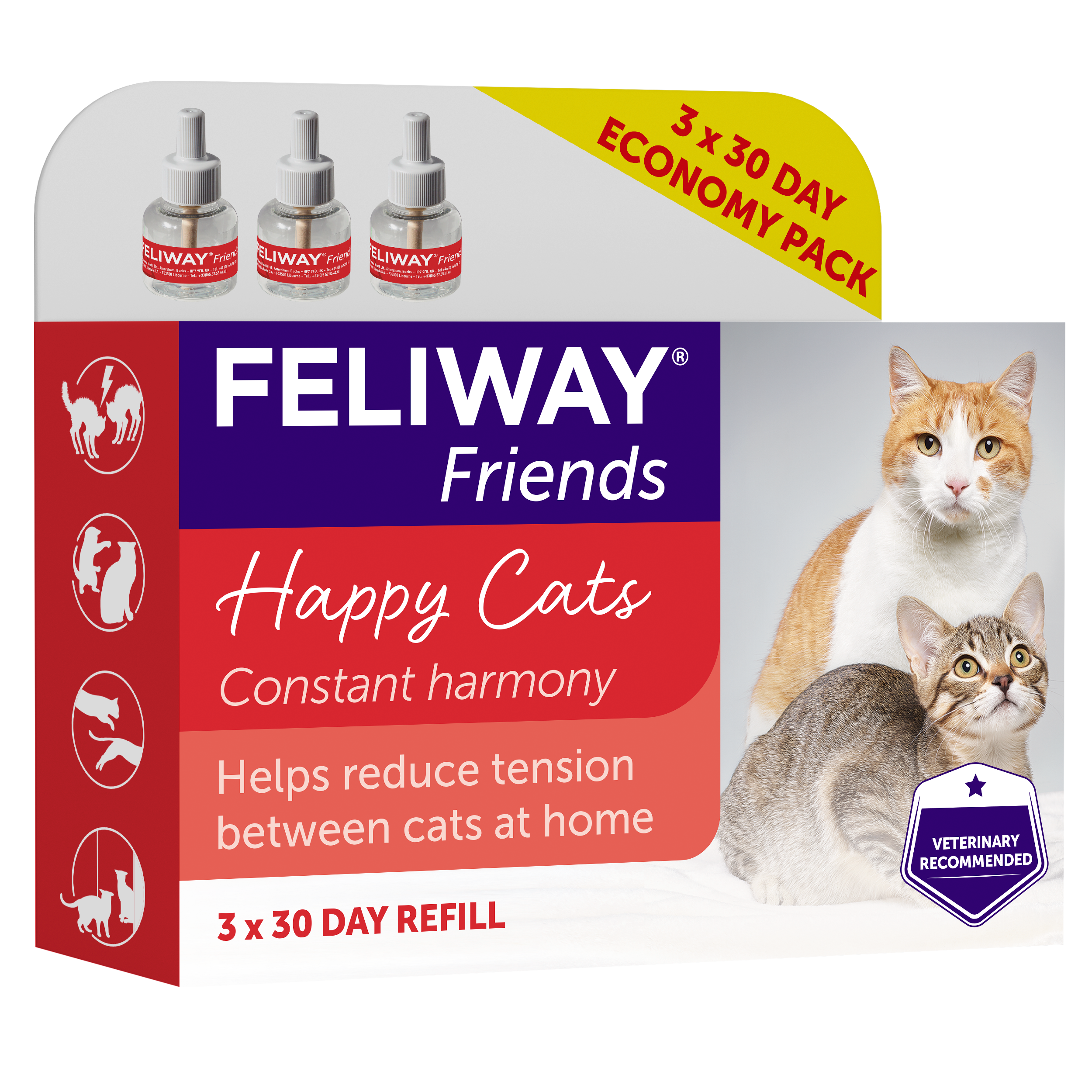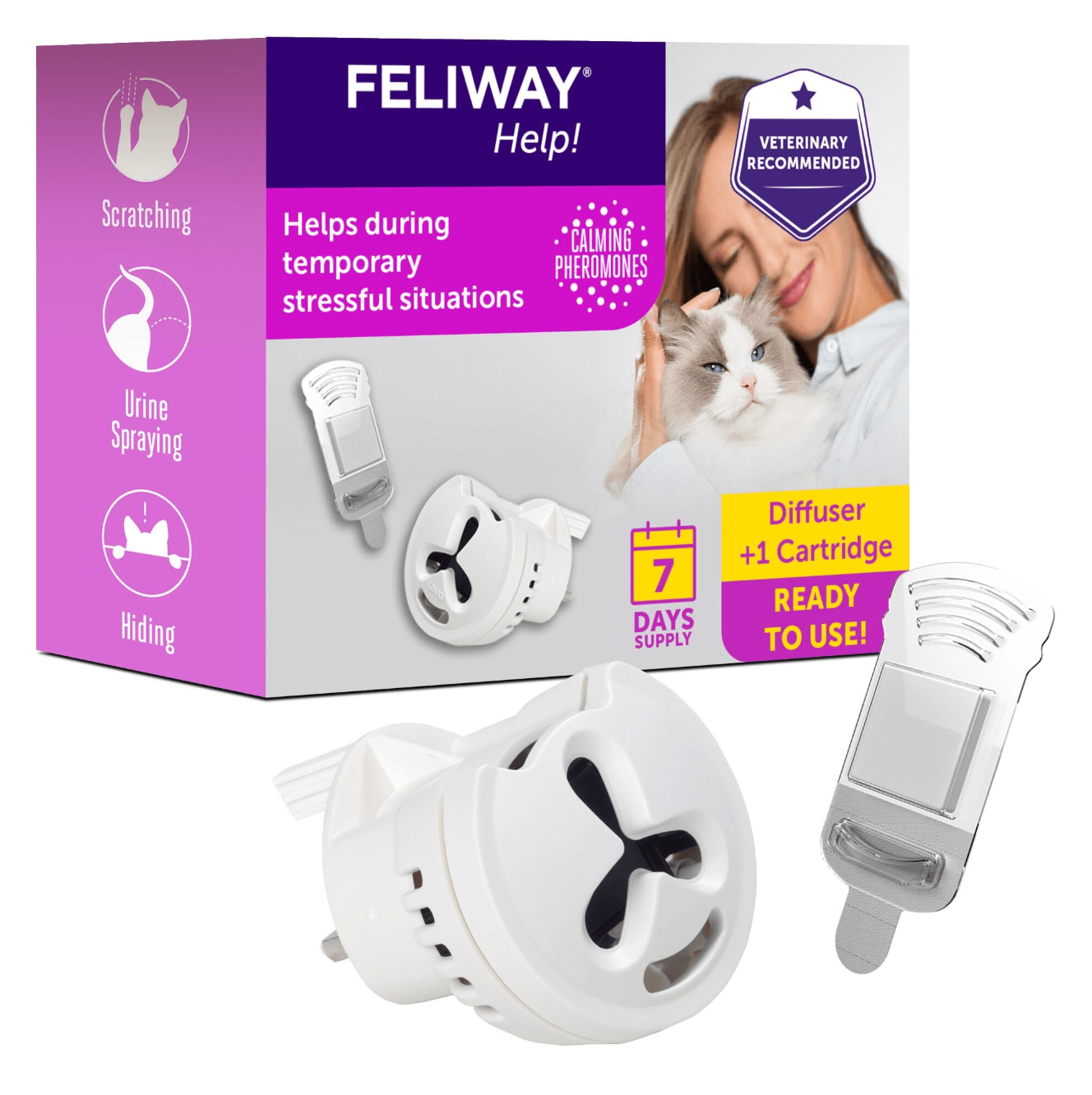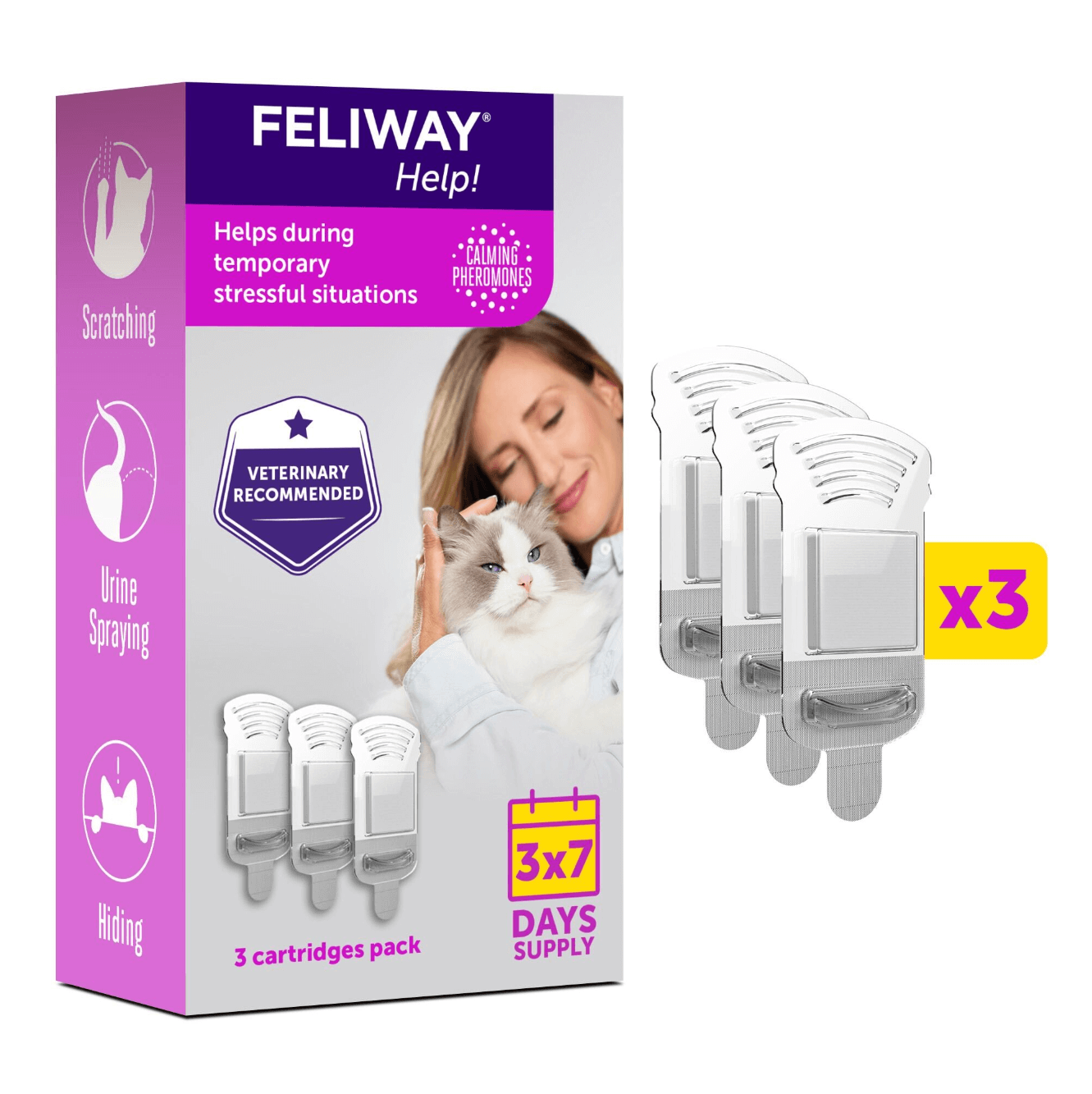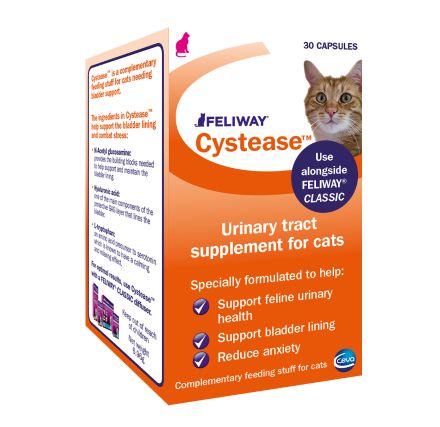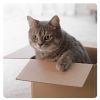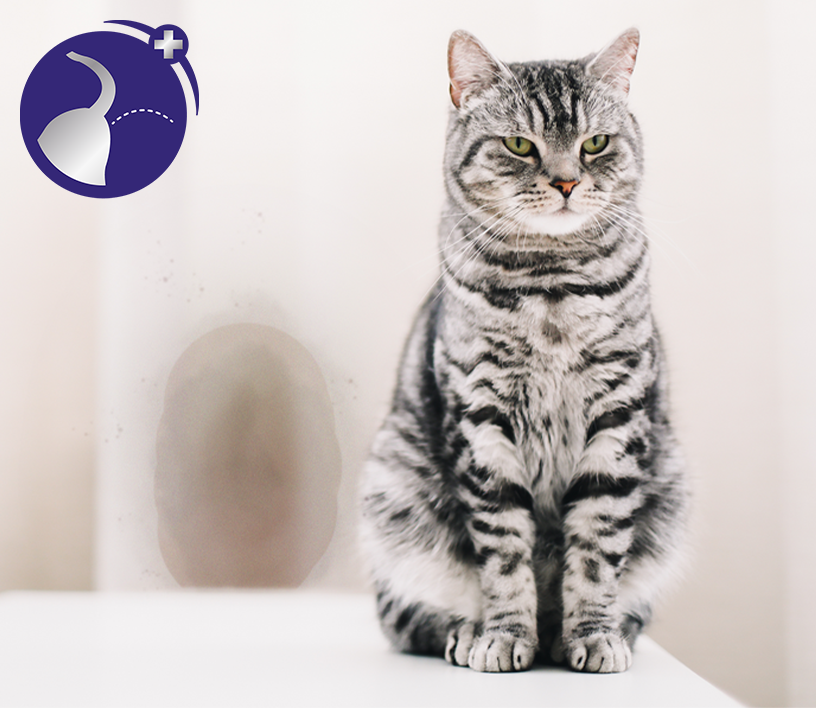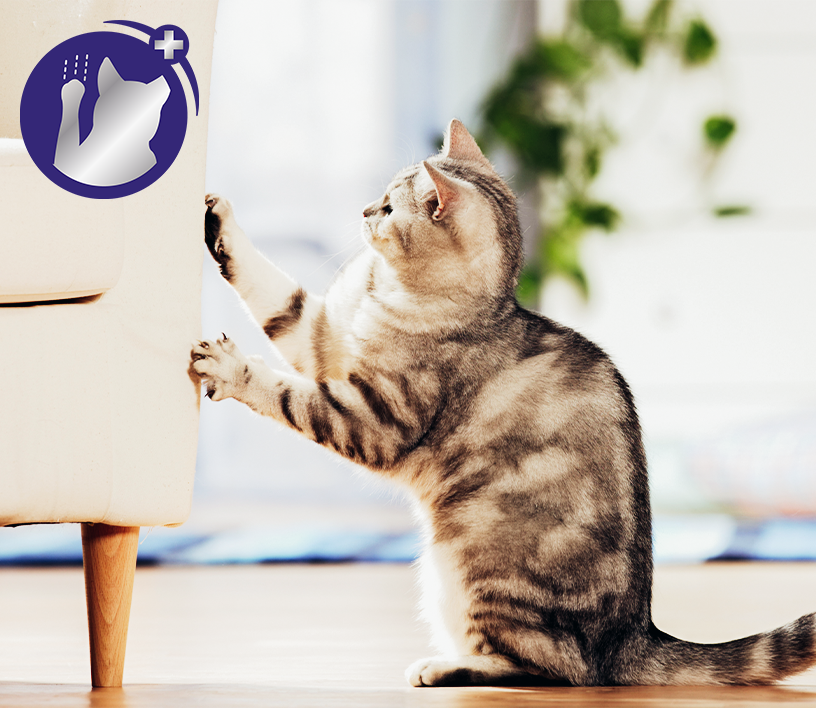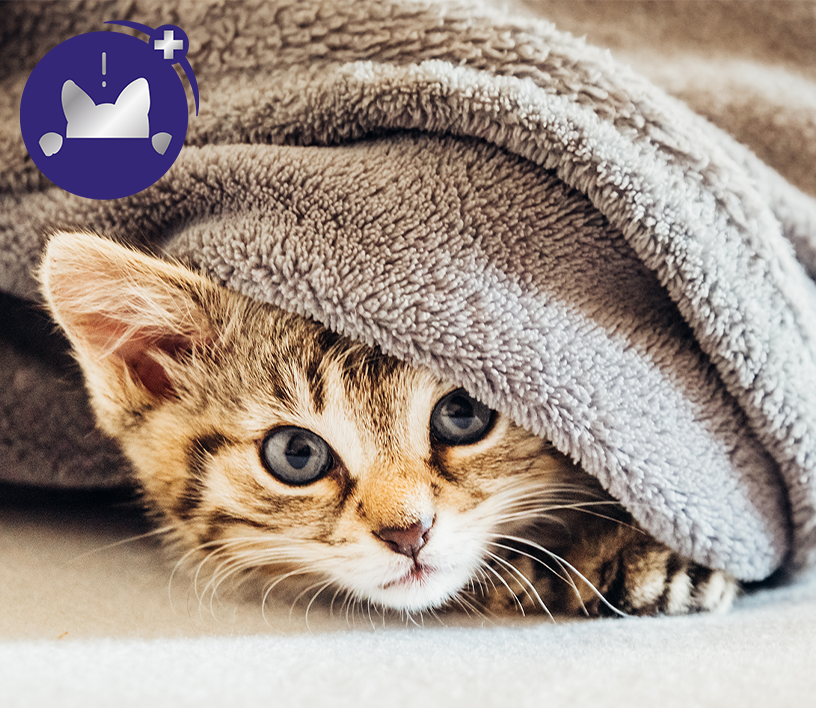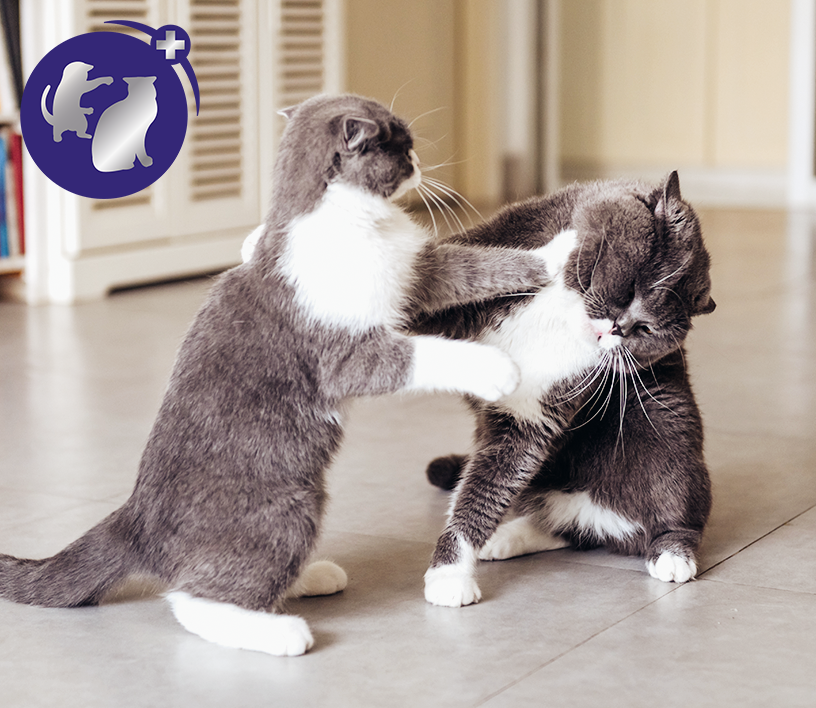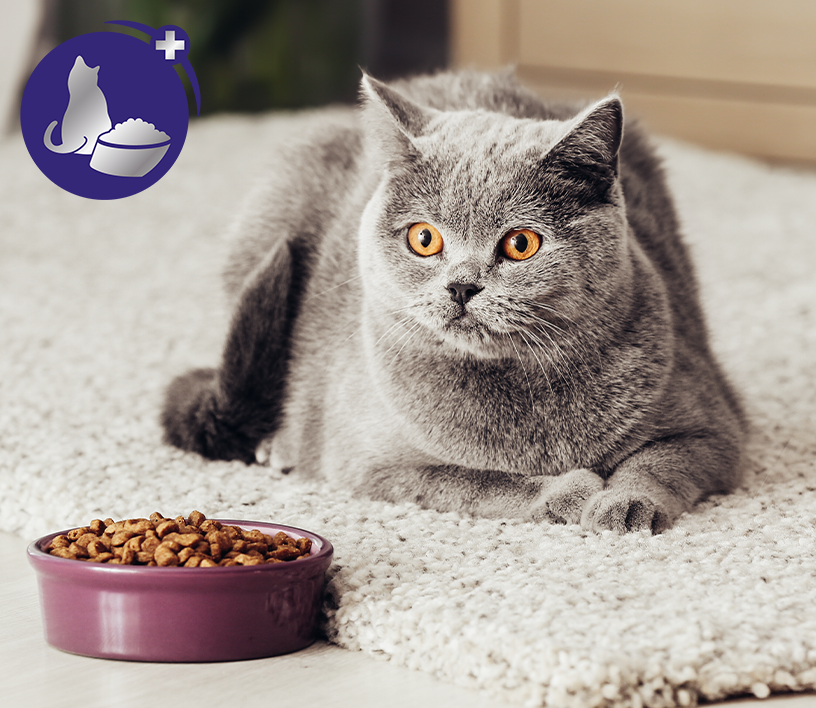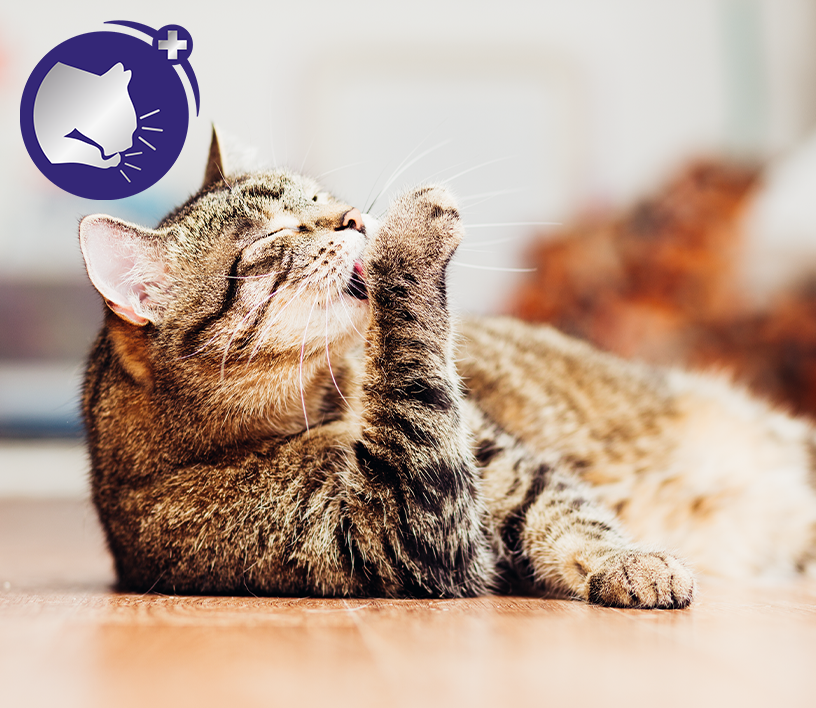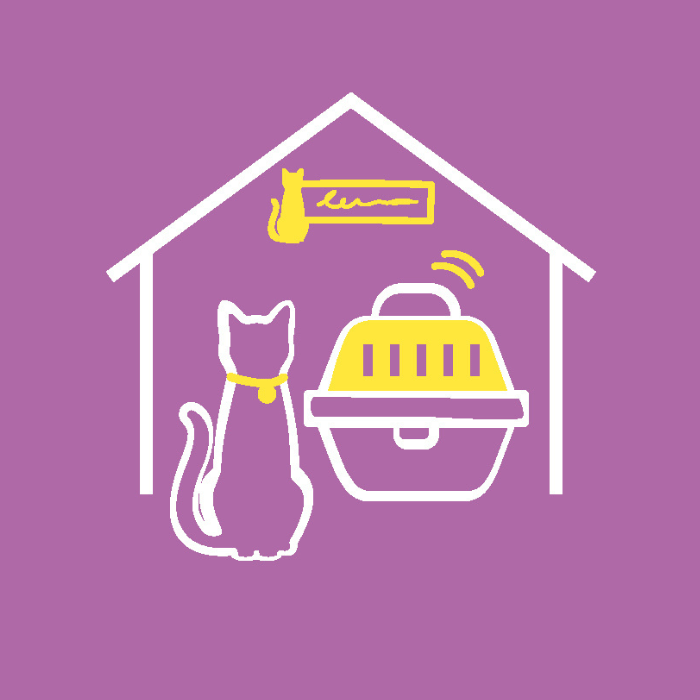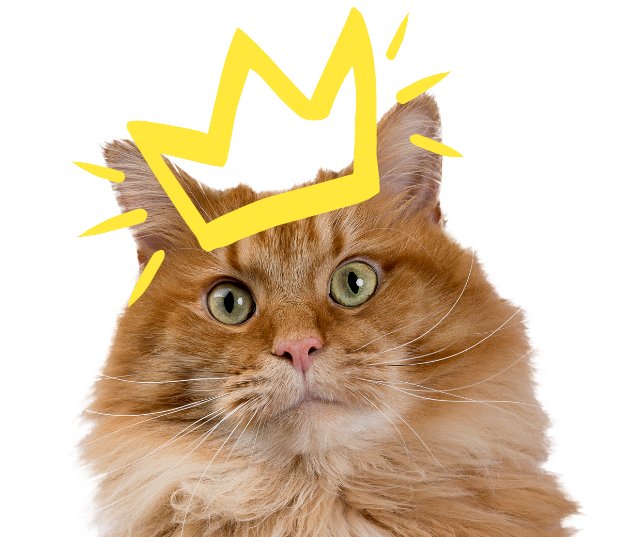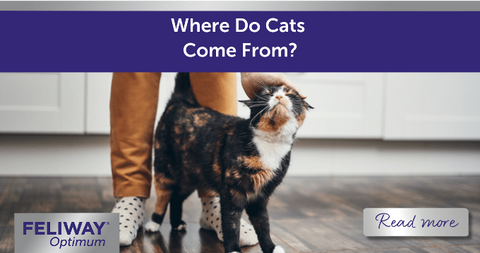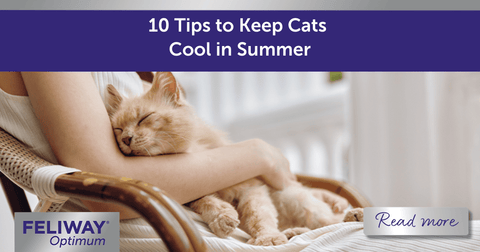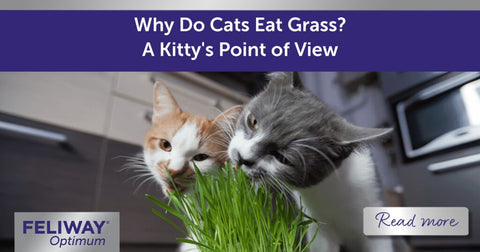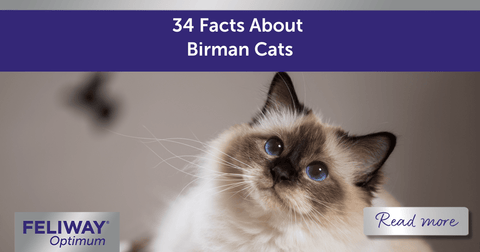
Feline Facial Expressions: A Happy Cat Expert Explains!
“The face is the mirror of the mind” is a quote attributed to St. Jerome, but it has been generally thought that dogs have far more expressive faces than cats. Indeed, humans are able to ‘read’ dog emotions much more readily than we can cats.
This supposed inability to read different cat facial expressions is part of the reason why cats are often thought of as being aloof and lacking emotions. However, although there is undoubtedly some truth in this, recent studies have challenged many of our previous assumptions and given new insights into the complexity of facial expressions in cats.
By Andy Sparkes, Specialist Feline Veterinarian
Understanding Cat Facial Expressions
Historically, it has perhaps been facial expressions associated with non-affiliative behaviours between cats, or between cats and humans, that have been best recognised and characterised. By this, we mean fearful, aggressive, or unfriendly cat behaviour.
For example, a cat exhibiting aggression will often have its ears held up but rotated outwards and have narrow or small pupils. On the other hand, a cat showing signs of marked fear will usually have its ears held down against its head and have wide, dilated pupils.
Feline facial expressions such as these, along with body postures and other signals, allow us to interpret some cat emotional states.

Interactions Between Cats
Cats are often kept together in multi-cat households and sometimes in larger groups in rescue or rehoming centres. Free-roaming cats are generally regarded as facultatively social. In other words, they have the ability to live and cooperate together in a colony situation, with the complex social interactions that living in close proximity to one another inevitably requires.
For free-roaming cats, colonies that form are often termed ‘matrilinear’. They are comprised entirely of female cats, many of which may be related to each other, along with their kittens. Male cats will usually be excluded from these naturally formed colonies as they mature.
The neutering of young male domesticated cats means that from a social perspective, they may be accepted in multi-cat and colony situations, just like females. This ability of cats to form social bonds and live in groups is thought to be something that developed with domestication.
Types of Social Interaction Between Cats
There are four main areas of social interaction between individual cats
-
Reproductive: Where cats come together for mating.
-
Caring: The interactions between a queen and her kittens.
-
Affiliative: Friendly interactions between cats.
-
Non-affiliative: Cautious, defensive, unfriendly, or aggressive interactions.

Facial Expressions Between Cats
In the past, facial expressions in cats have been assumed to be mainly used in aggressive behaviour. However, a recent in-depth study by Lauren Scott and Brittany Florkiewicz in the USA has evaluated the role of different feline facial expressions in other behaviours and interactions.
For their study, they used a recognised system for the coding of facial signals (designed for use in cats) and studied cats in a cat café lounge run by an adoption centre in Los Angeles. The study took place over 10 months, involving 150 hours of observations, and looked at a total of 53 adult cats (more than a year old). Facial muscle movements during a communicative episode with another cat were characterised, but head and eye movements were excluded.
Interestingly, the authors of the study were able to identify 276 distinctly different combinations of facial muscle movements (or feline ‘facial expressions’). Of these:
-
46% were produced exclusively during affiliative (friendly) interactions between cats;
-
37% during non-affiliative (unfriendly) interactions;
-
And 17% during both affiliative and non-affiliative interactions.
Facial signals involved an average of four different facial muscle movements. Muscle movements significantly more likely to be observed during affiliative communication included ears and whiskers moving forward and closer together, and eyes closing.
Feline Facial Expressions as Social Communication
The fact that certain combinations of facial muscle movements (‘facial expressions’) were most seen during affiliative or non-affiliative interactions strongly suggests that these facial signals are used by cats for social communication. This is in contrast to previous assumptions that these signals were involved in non-affiliative interactions exclusively.
Although further research is needed on other populations of cats in different situations, the results of this study provide a fascinating insight into a poorly investigated area of cat behaviour. As is so often the case, these results challenge conventional wisdom regarding cats and show the depth and complexity of their behaviour.

In the future, a better understanding of cat interactions, and both affiliative and non-affiliative signals (including feline facial signals), may allow improved understanding of bonding between cats and how best to manage relationships in a multi-cat household. Currently, for cat carers wishing to have more than one cat in the house and to avoid conflicts between the cats, important advice includes:
-
Where possible, obtain cats as kittens so they can grow up together, and ideally adopt kittens from the same litter.
-
Especially with male cats, neuter them at a young age.
-
Make sure there is plenty of space for each cat to find an area by themself whenever they prefer.
-
Make sure there are sufficient resources for all cats in different areas. This includes food and water bowls, litter trays, resting and hiding places, scratching posts, and so on. As a general rule of thumb, there should be at least one of each resource per cat in the house, plus an extra one.
-
Spend time playing and interacting with each cat.
-
The use of pheromone diffusers can provide important help, whether there is unwanted conflict between cats or you are just trying to promote and maintain a harmonious environment. FELIWAY® Optimum helps cats feel reassured in their physical environment and with social interactions with housemate cats.
-
Alternatively, FELIWAY® Friends can help promote friendly interactions between cats, whilst FELIWAY® Classic helps cats feel more secure in the home.
Fancy learning more about the fascinating world of cats and how they interact with each other? We have a range of articles to explore online, plus you can sign up to our newsletter to stay in the loop with all our latest tips, guides, and info!
References
Lauren Scott, Brittany N. Florkiewicz: Feline faces: Unraveling the social function of domestic cat facial signals. Behavioural Processes, Volume 213, 2023, 104959.
https://doi.org/10.1016/j.beproc.2023.104959.
